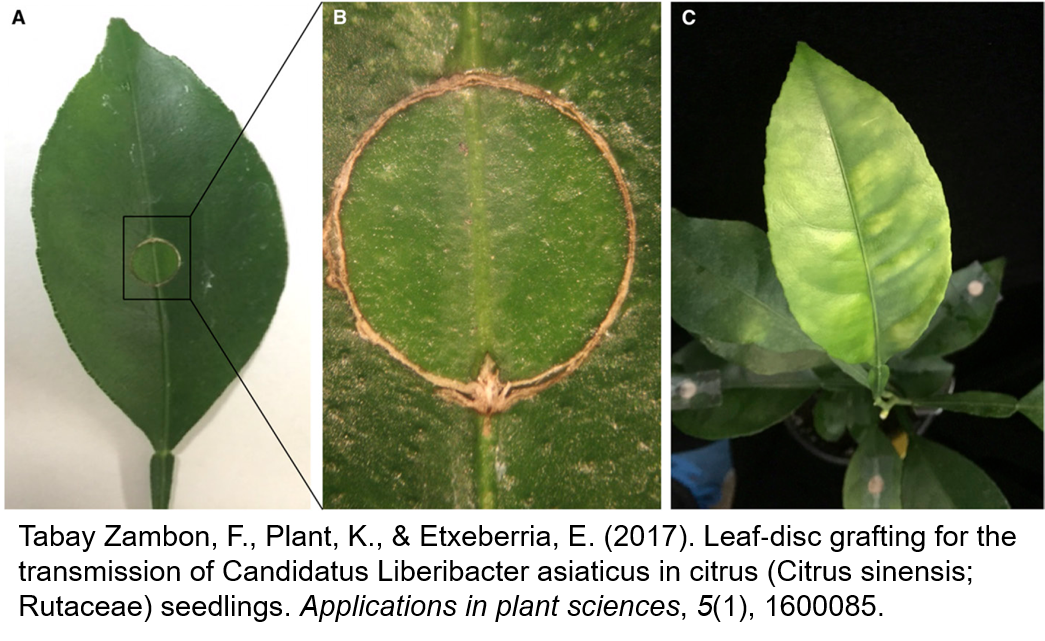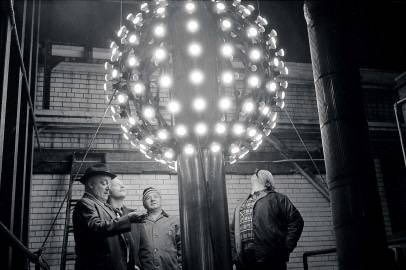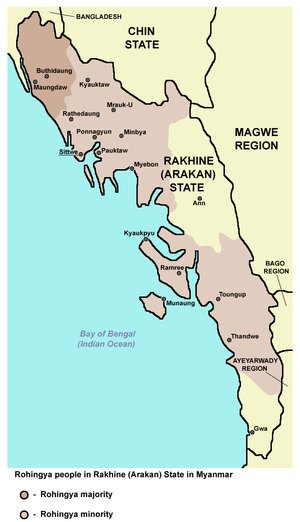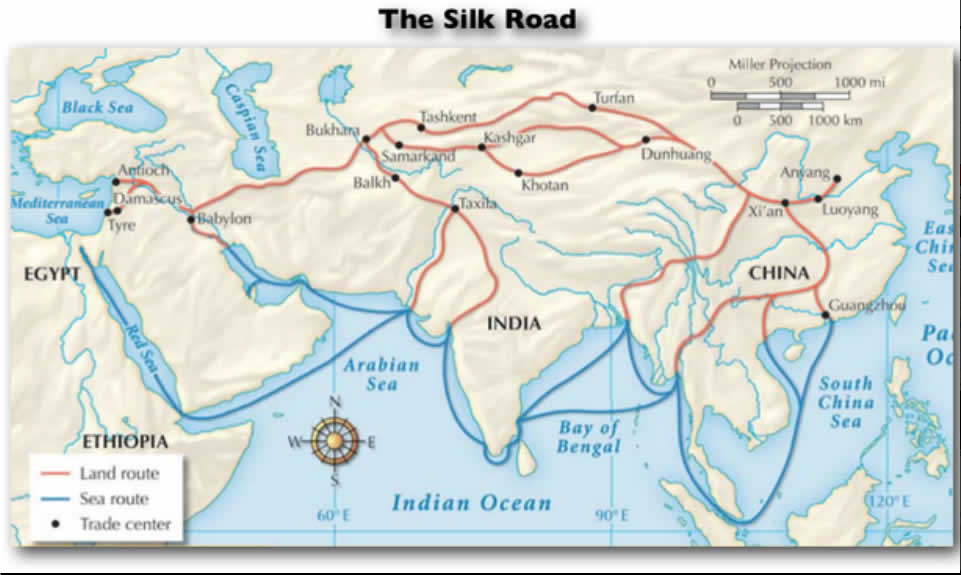Specifically, how do we know the disease even exists?
flic.kr/p/gUx9AN
However, farmers in China had known about the disease for several generations and had called it 'Yellow dragon disease' and the earliest written records dated back to the 1870s.
It was likely known even before that.
1.) Sequencing allowed us to find bits of DNA from the pathogen which allowed us to diagnose the disease rapidly
2.) The first antibodies were produced that let us ID the bacteria via unique proteins
There's a lot of abandoned orange groves, and many people who have ornamental Citrus in their yards don't test their plants.
So there's HLB bacteria all over the place.
These include:
1.) Citrus orange trees which have been transformed with anti-HLB proteins from spinach
2.) Vectors which have been inoculated against the disease and sterilized using Wolbachia bacteria
We'll need to efficiently detect the bacteria in real-time, as well as find new ways to fight the bacteria as we find it.















